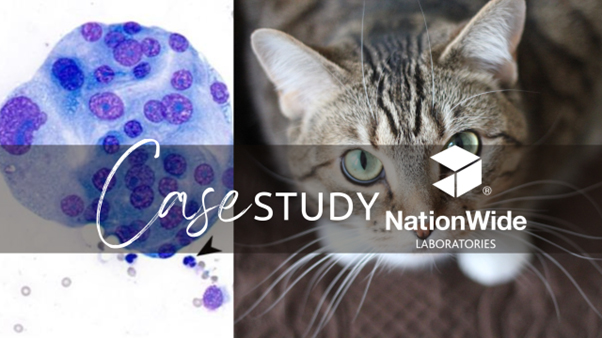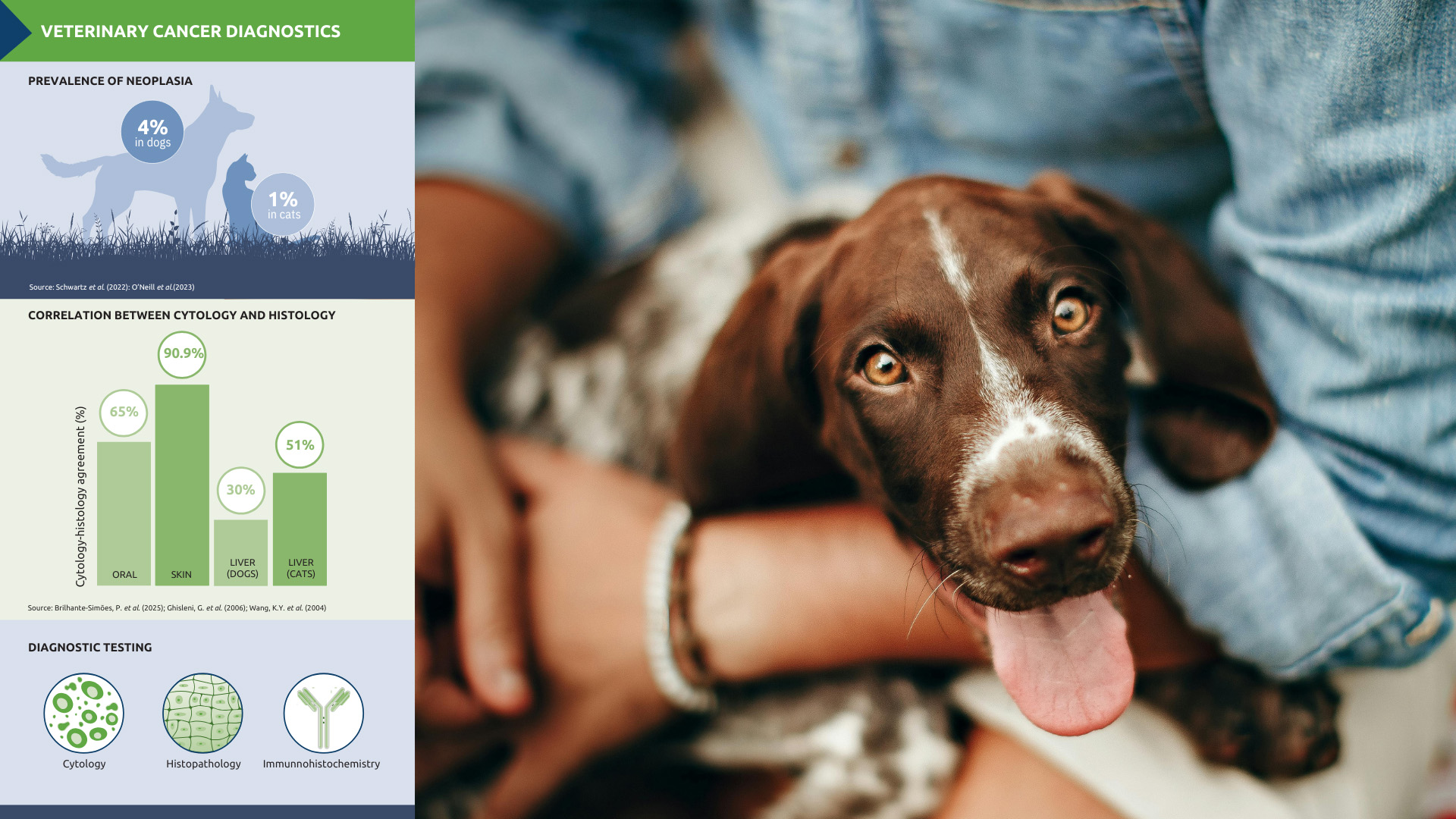Parasitology bundle

Speaker: Ian Wright BVMS, MSc, MRCVS
Webinars:
Flea Insecticide Resistance – Is It Why My Flea Control Isn’t Working?
Fleas are a complex insect species and cause pets and their owners a lot of concern worldwide. Besides being clinically important, the cat flea, Ctenocephalides felis, is responsible for the production of flea allergic dermatitis, acts as the vector of many bacterial pathogens, and serves as the intermediate host for cestode and filarid parasites. Despite an arsenal of effective products, failures in flea control programmes are commonplace. In this webinar Ian Wright talks about effective flea control and the reasons why it might fail, as he feels that the role of insecticide resistance is overplayed. Ian speaks about the flea reproductive break point — what it is and how it is pivotal for successful control. He believes that it is vital for veterinary professionals to give good advice, consider compliance and manage expectations if flea control programmes are to be successful.
Winning the War Against Fleas
Flea populations thrive thanks to warmer winters; thus, we can expect to see more and more fleas on our pets. The most common flea infesting cats, dogs, ferrets and rabbits is the cat flea. The success of the cat flea is defined by its rapid reproduction, persistent environmental stage and the ability to parasitise a wide range of mammalian hosts, including foxes and hedgehogs. Ian speaks about cat flea’s life cycle, its veterinary significance, diagnosis, treatment and control, including considerations for choosing effective adulticides as well as challenges one might face with pyrethroids and growth regulators. To bring flea infestations under control and then keep them off our pets we need to treat all susceptible pets in the home with a product that will kill fleas quickly and efficiently to stop them breeding. Pet owners need to be educated that not all flea treatments are the same and they need to be applied correctly in the context of each particular case.
Toxacarosis: Zoonotic Risk and Management
Toxacarosis is a rare infection transmitted from animals to humans (zoonosis) caused by the parasitic roundworms commonly found in the intestine of dogs (T. canis) and cats (T. cati). Ian speaks about the life cycle of roundworms, zoonotic potential, risk factors, control and prevention. Humans can catch it mostly from handling soil or sand contaminated with infected animal faeces. It usually affects young children, because they are more likely to play in a contaminated environment and put their hands in their mouths. However, cases have been reported in people of all ages. The best way to reduce the chances of developing toxocarosis is to practise good hygiene: washing hands with soap and warm water after handling pets or coming into contact with sand or soil. Toxocarosis is preventable and debilitating disease. Responsibility lies with the councils and veterinary profession to promote regular deworming, hygiene and disposal of faeces.




